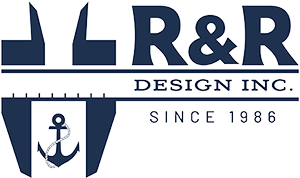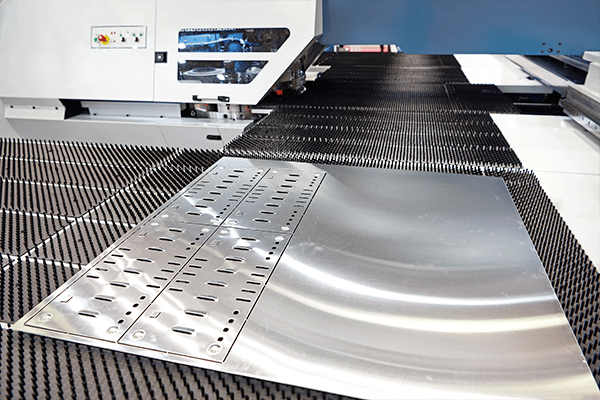
CNC Metal Punching Services & Punch Press Automation
Metal punching machines come in two main types: ‘C’ type and portal (bridge) type. ‘C’ type machines have a hydraulic ram positioned at the top front, while portal machines resemble a complete circle with the ram centered within, which prevents frame deflection or distortion. Both types utilize a table or bed equipped with brushes or rollers to facilitate movement of the sheet metal with minimal friction. Brushes are utilized when minimizing scratches is crucial, such as in brushed aluminum or highly polished materials.
Contact Us Today
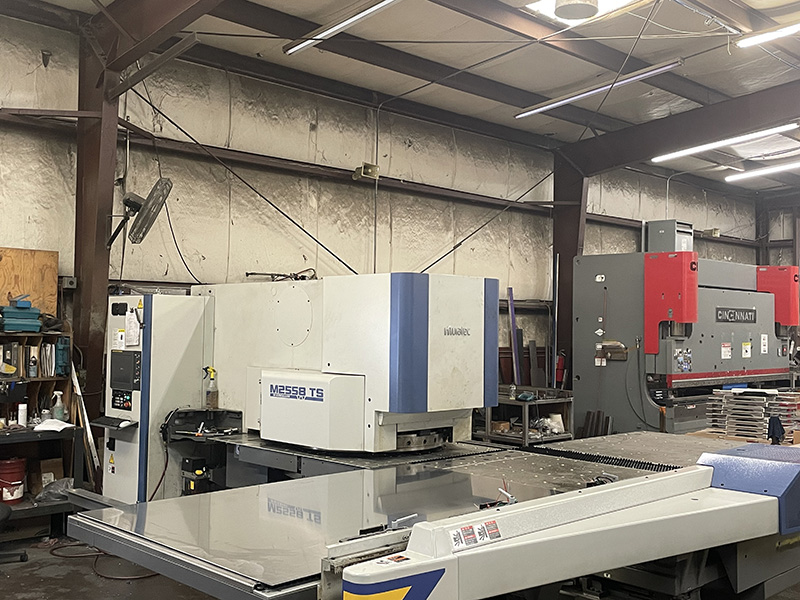
Parameters for Punch Press Automation
Computer numerical control (CNC) punch press machines can utilize pre-built programs, allowing the material to be processed automatically. Certain attributes can be built into the program, including:
- Frame type
- Mechanically- or hydraulically-powered ram
- Size of workspace
- Single or multiple station
- Force rating
- Type and capacity of tool shop
- Speed or productivity rate desired
- Speed of movement without shock
- Maximum weight of workpiece
- Desired safety features
- Power consumption
- Software used
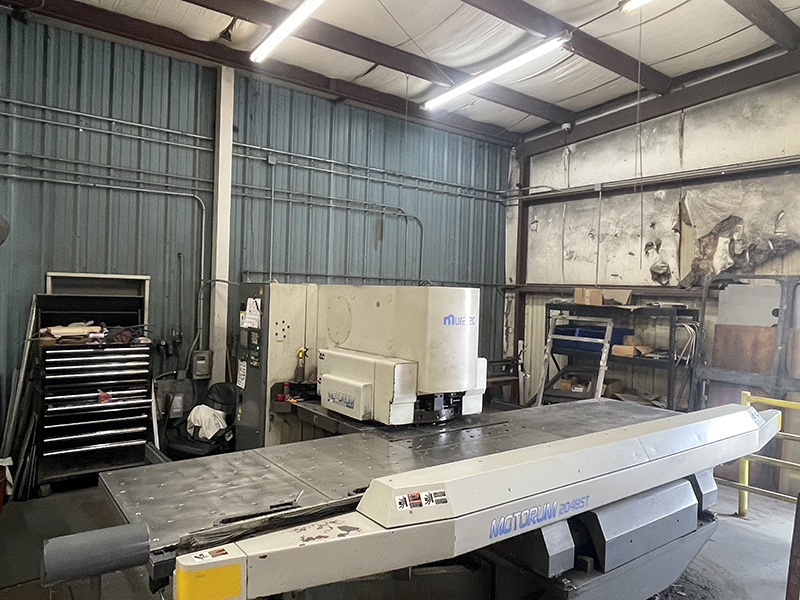
Punch Press Table Size & Tonnage Capacity
Punch presses are commonly identified by their table size and tonnage capacity. In today’s production settings, the 30-ton press is the most common. Determining the required tonnage for cutting and forming the material is a well-established process, making it relatively simple to size the tooling for a specific job. However, in certain cases, larger presses with tonnages ranging from 2000 to 2500 may be necessary.
